I am in the Capricorn Caves, some 50 metres under the earth’s surface, sitting in total darkness.
It’s a cool but comfortable 24 degrees C.
The air is silent and still. But a sense of slight panic stirs in my body as the darkness begins to permeate my soul.
Then, music begins.
Beautiful soft harmonic tones of Leonard Cohen’s song Hallelujah surround me.
I begin to relax and enjoy this very special moment.
Sitting back and soaking up the music, the sound is enhanced by crystal clear acoustics.
And as the song concludes, lights slowly return and my eyes begin to readjust.
Where am I?
In the Cathedral Chamber, the most famous and popular cave of Olsen’s Capricorn Caves.
Capricorn Caves
Capricorn Caves History
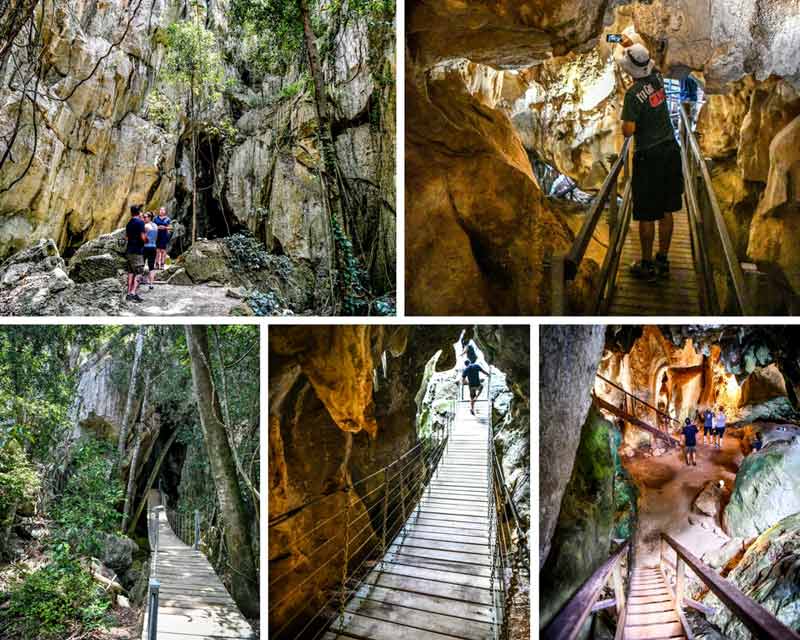
First discovered nearly 100 years ago in 1881, the Capricorn Caves are just 23km north of Rockhampton on the Capricorn Coast, which is a stretch of coastline in Central QLD which straddles the Tropic of Capricorn.
The Capricorn Caves may not be one of the most well-known places to visit in Queensland but it’s certainly an attraction worth considering.
John Olsen, a Norwegian immigrant accidentally fell upon the caves in 1881 when looking for a runaway horse with his children.
The caves were an amusement place for the family until they were officially opened to the public in 1884.
Remaining in four generations of the Olsen family, Ken (RIP) and Ann Augusteyn bought the land in 1988.
Ann still owns and runs this Queensland tourism attraction today.
The Capricorn Caves have strong Aboriginal roots and are part of the Darumbal people’s traditional homeland.
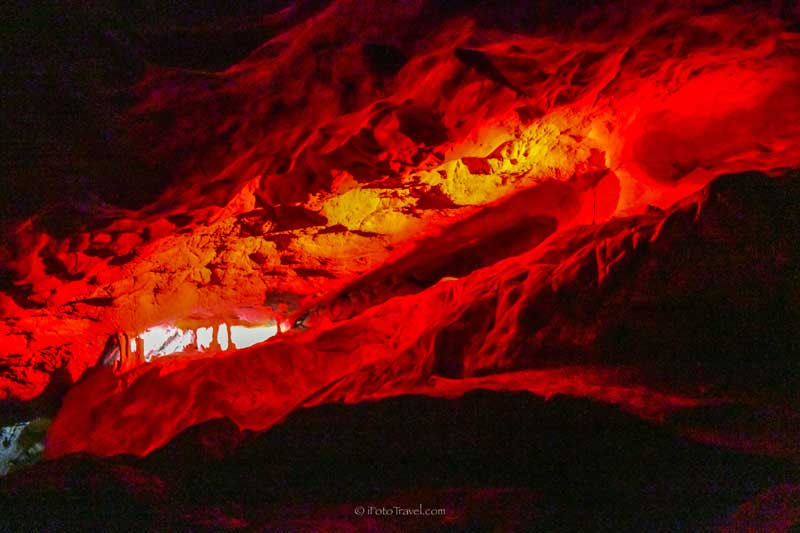
The Capricorn Caves are Queensland’s longest running tourist attraction.
They are one of the largest privately owned cave systems in Australia.
This natural wonder is Eco-Certified Advanced Ecotourism and has won many Queensland Tourism Awards in recent years.
Geology Of The Capricorn Caves
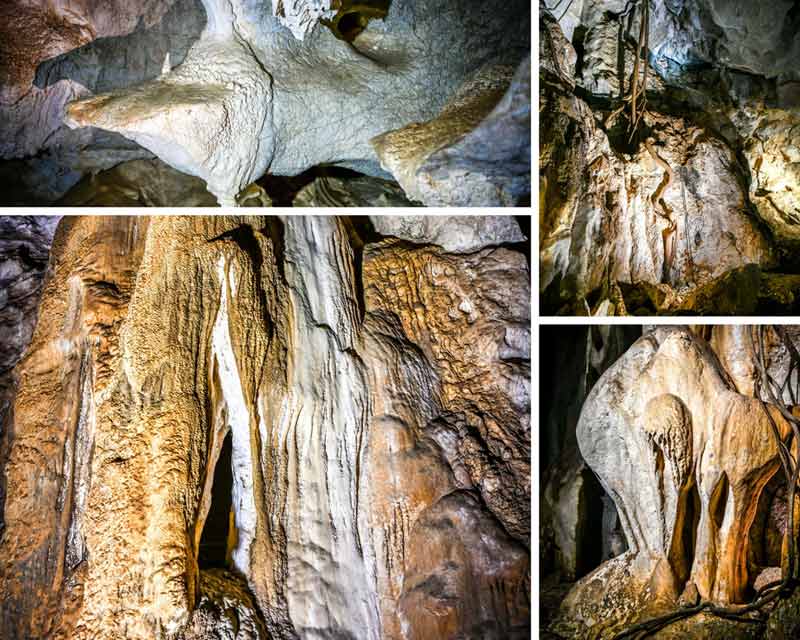
Surrounded by a dry rainforest or semi-evergreen vine thicket, the Capricorn Caves have a 390 million year history.
This dates back to the continent Gondwana when Eastern Queensland was covered by a shallow sea.
Erupting lava built up islands that created a base for coral, crinoids, shellfish, and sponges to grow on the seafloor.
This limestone bed was raised through subsequent volcanic eruptions and plate collisions. And thus from the sea, the land was born.
Acidic rain and underground water over time dissolved the calcite in limestone.
This hollowed out caves creating the cave decorations we see today.
Stalactites, stalagmites, cave coral, straws, columns, flowstones, and shawls adorn the Caves.
Natural day and electric light stunningly highlight many of the Capricorn Caves Tour.
The Vestibule, Harp, Camel, and Belfrey are some areas that can also be explored.
Fossils in the Capricorn Caves
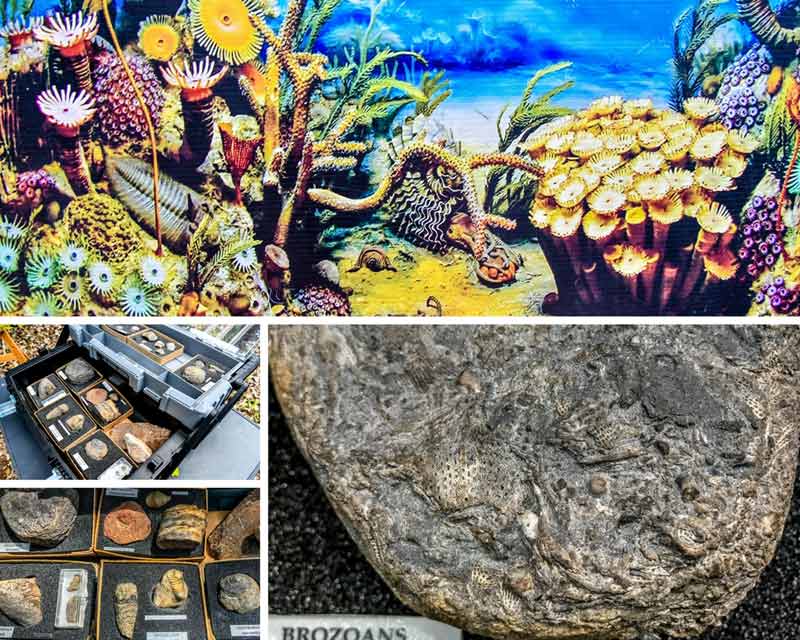
Fossils were first discovered in the caves in 1926 include marine fossils from the ancient coral reef, as well as abundant crinoids.
Excavations on the guano floor of the Colosseum Chamber have also revealed bones and teeth.
These are mainly from bats, owls, marsupial lions or Tasmanian tigers.
These findings reveal 400,000 years of the evolution of fauna.
They expand our knowledge of climate change and human influence over that time.
Discovered in the cave entrance is a rare and unique fern, Tectaria devexa.
It is closely monitored as it is threatened with extinction due to repeated droughts.
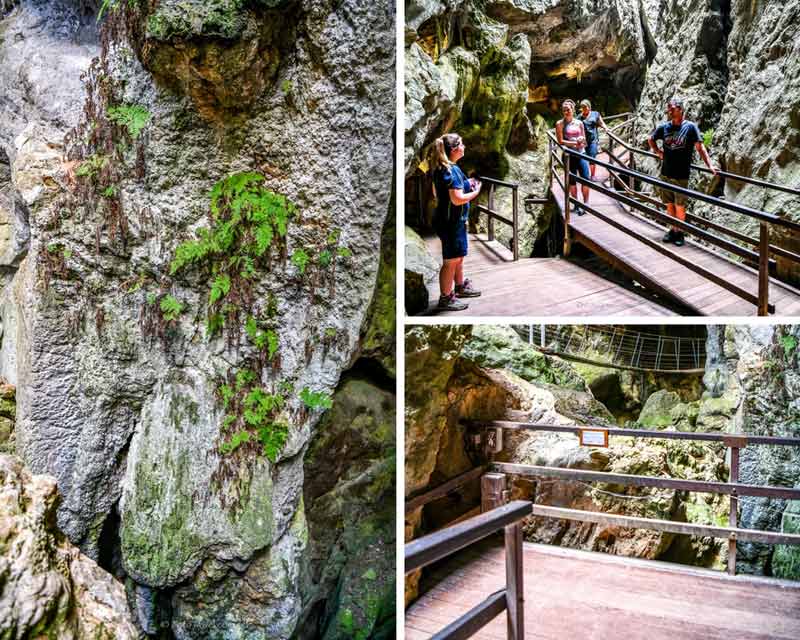
Five bat species also roost in the cave system, especially in warm wet weather, including bent-wing bats or ghost bats.
In one particular chamber of the Capricorn Caves, the sound of rushing water is due to a microbat colony which you can try to spot in the dim light.
Capricorn Caves Tour
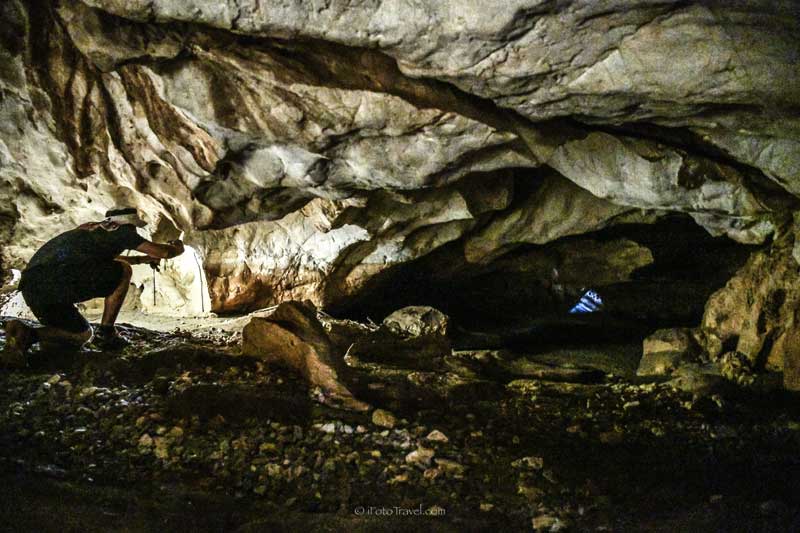
Open all year round except on Xmas Day, the Capricorn Caves has a lot to amuse the whole family.
The most popular is the wheelchair accessible, hour-long Capricorn Caves Tour.
Also known as the ‘Cathedral Cave Tour‘ this takes you into the main subterranean complex to Cathedral Cave.
The tour involves a series of easy boardwalks, steps, and stairs.
It exits through the narrow Zig Zag passage via a suspension bridge.
The amazing Cathedral Chamber is very popular for weddings.
An opera in the caves is held twice a year and is a sell-out event (the ‘Underground Opera’).
Another highlight is the Capricorn Cave’s Summer Solstice light spectacle in December and early January.
Natural light illuminates a section of the caves through a hole in the limestone (best seen on an 11 am tour).
There are also adventure experiences include family caving adventures, a climbing wall, and a high ropes course.
A Journey of Discovery Tour explores a palaeontological dig site.
You can see rare ‘show-and-tell’ marine fossils from the ancient Great Barrier Reef.
The caves are also a registered geosite on the Dig The Tropic Trail.
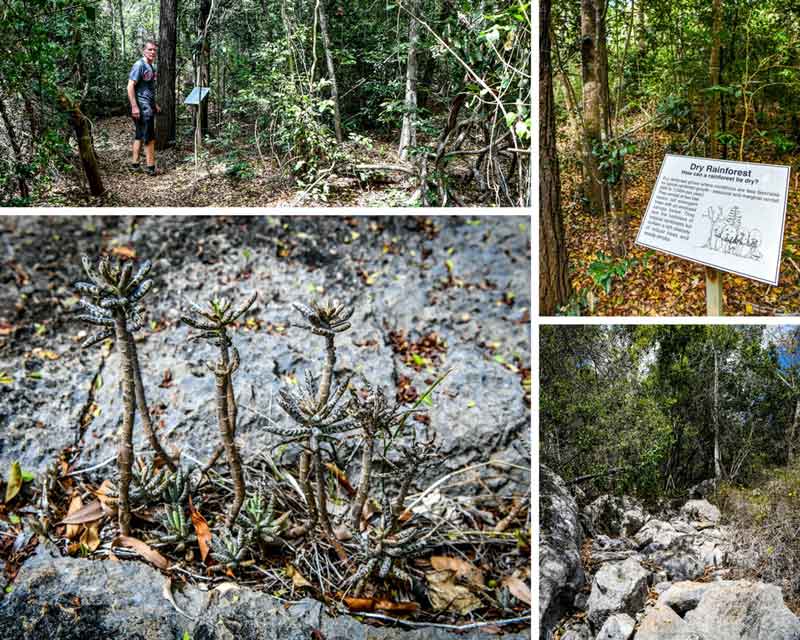
A short but informative Dry Rainforest Walk extends beyond the Interpretive Visitor Centre.
This details the local geology, bats and history of the community.
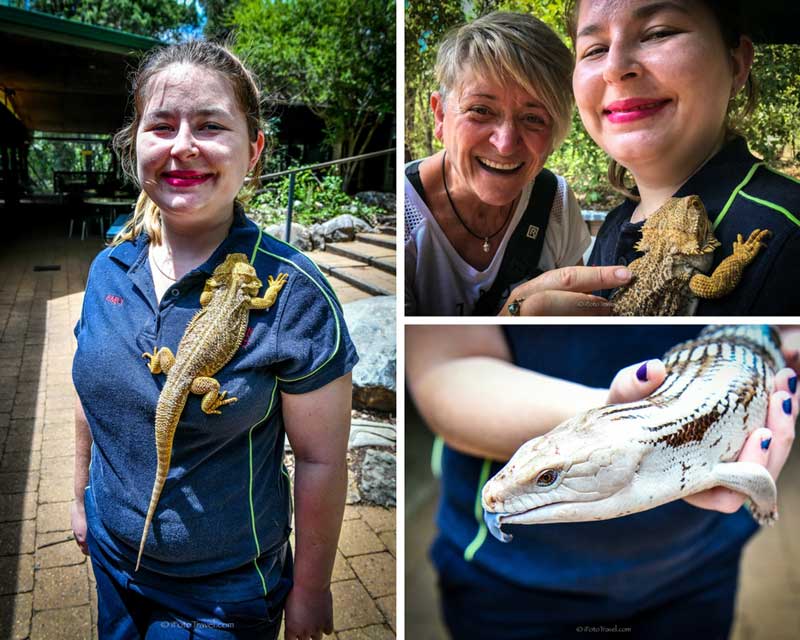
At the Kiosk and Souvenir Shop is a resident green tree frog which has adopted a staff member’s coffee mug as its home.
You can also say ‘Hello’ to other native residents Desmond, a Blue-tongued lizard, and Ike, a Bearded dragon.
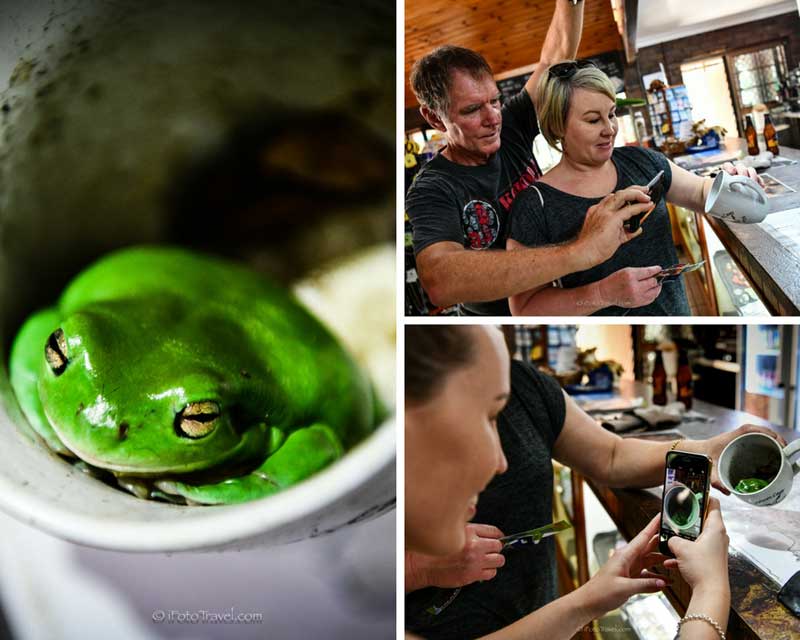
‘True blue’ Australian bush surrounds the Capricorn Caves.
On offer is accommodation to suit all budgets including cabins, luxury cabins, a guest lodge as well as a caravan park.
There is free wifi, easy car parking, barbeque, campfire facilities with a relaxing pool.
If you like the Capricorn Caves you might also like:
- Kelly Hill Cave on Kangaroo Island
- Mole Creek Caves in Tasmania
- Gomantong Caves in Sabah
- Dambula Caves in Sri Lanka
- Ajanta and Ellora Caves in India
How to get to the Capricorn Caves
Head north on the Bruce Highway, about 23km out of Rockhampton. Then take the Barmoya Rd turn off, and proceed to the caves at 30 Olsens Caves Rd.
Old and new visitors can enjoy the magic of these underground caves near Rockhampton.
They are great fun for all the family, young and old.
And this unique attraction will be around for many years to come, that is guaranteed!
Discover Queensland
Looking for more things to do in Queensland?
The Daintree Rainforest is an amazing place to see in north Queensland.
Have you visited the Cairns Aquarium? It’s the newest place to learn about the Great Barrier Reef.
While visiting Tropical North Queensland, drop into the Tolga Bat Hospital and the Wildlife Habitat Port Douglas, for close encounters with wildlife.
If you’re a keen diver then make sure you check out this post about the SS Yongala.
Other fantastic places in Queensland are Lady Musgrave Island and this amazing whale watching experience in Hervey Bay.
Love nature? Go whale watching and check these things to do in Hervey Bay while you’re there. Keep heading north for more things to do in Townsville.
If you’re driving put your vehicle on the Magnetic Island car ferry and explore this gorgeous island.
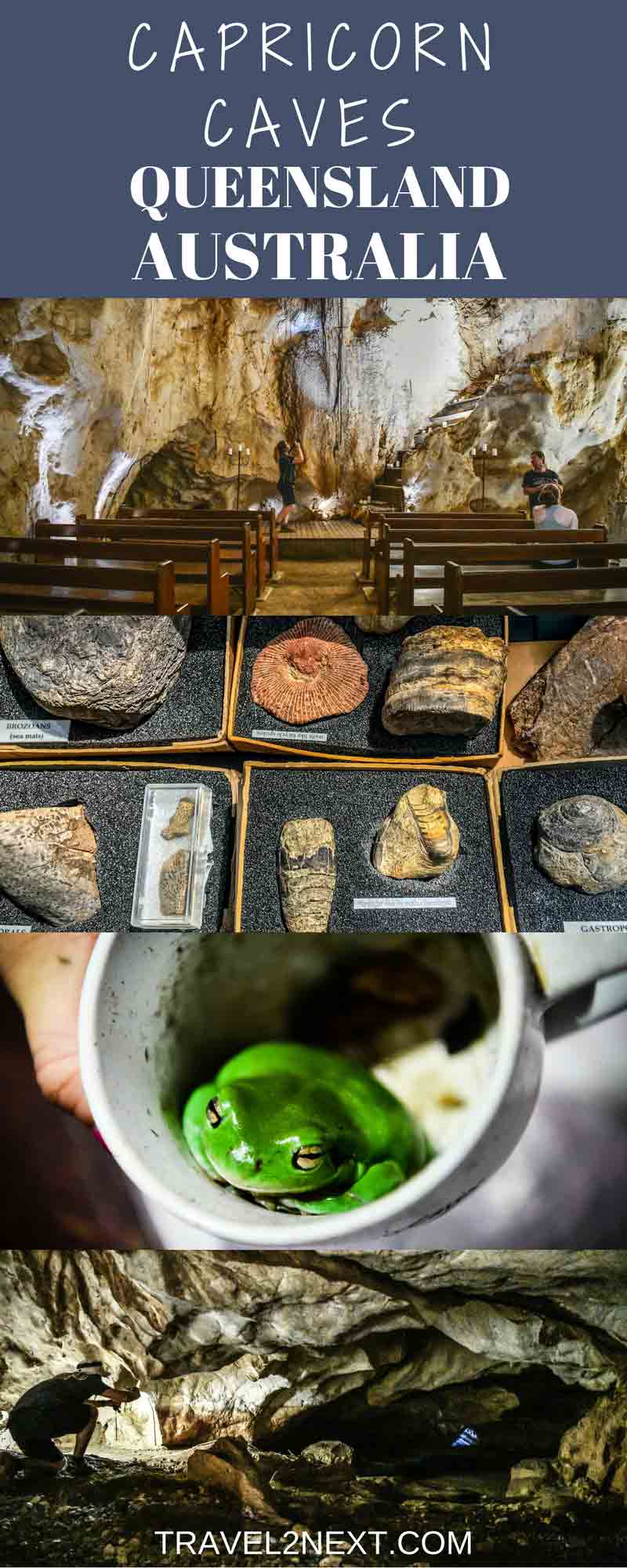
Plan Your Trip

Rent A Car – Find the best car rental rates at Discover Cars. They compare car hire companies to provide you with the best deal right now.

Find A Hotel – If you’re curious about this article and are looking for somewhere to stay, take a look at these amazing hotels.



